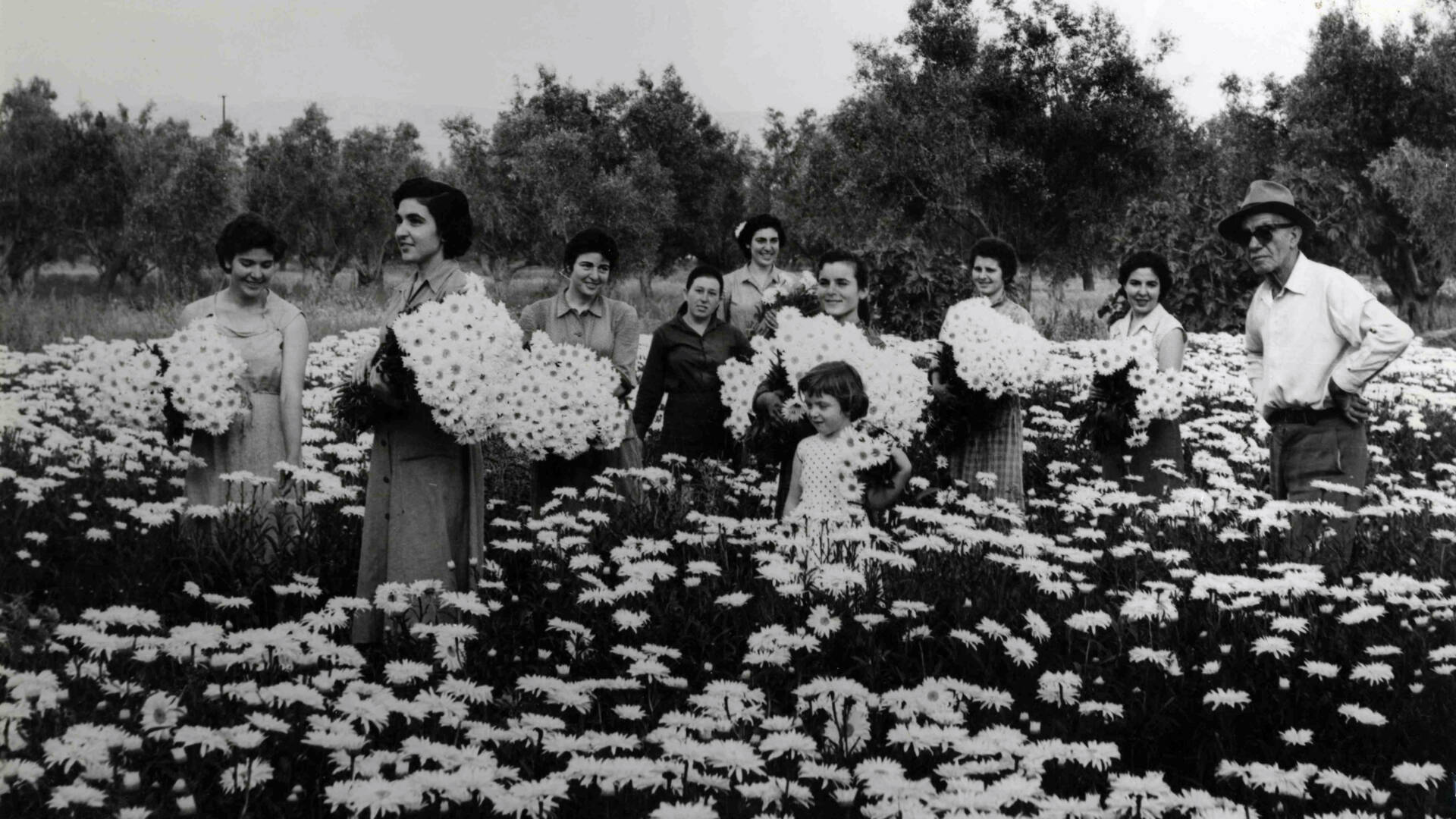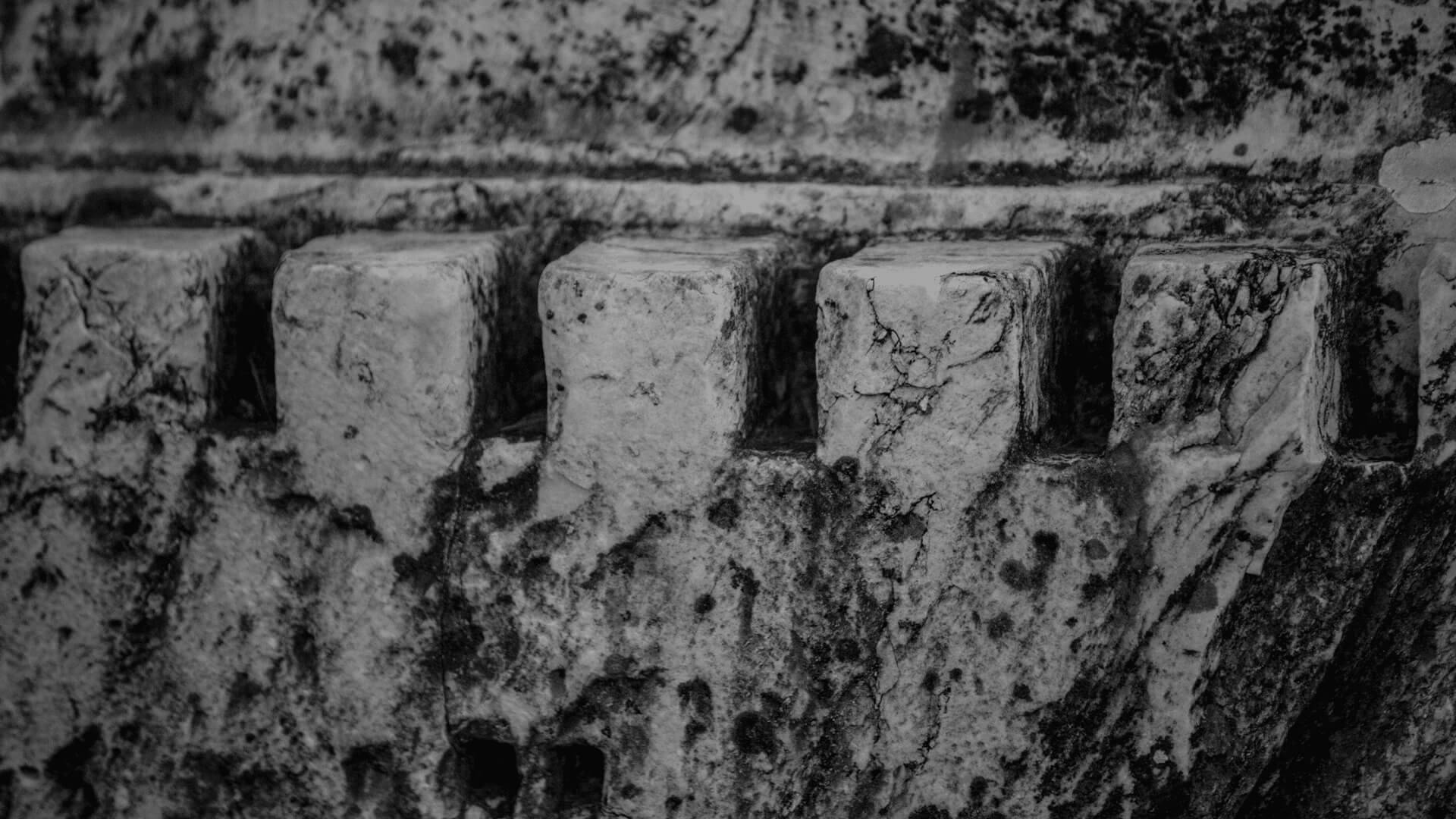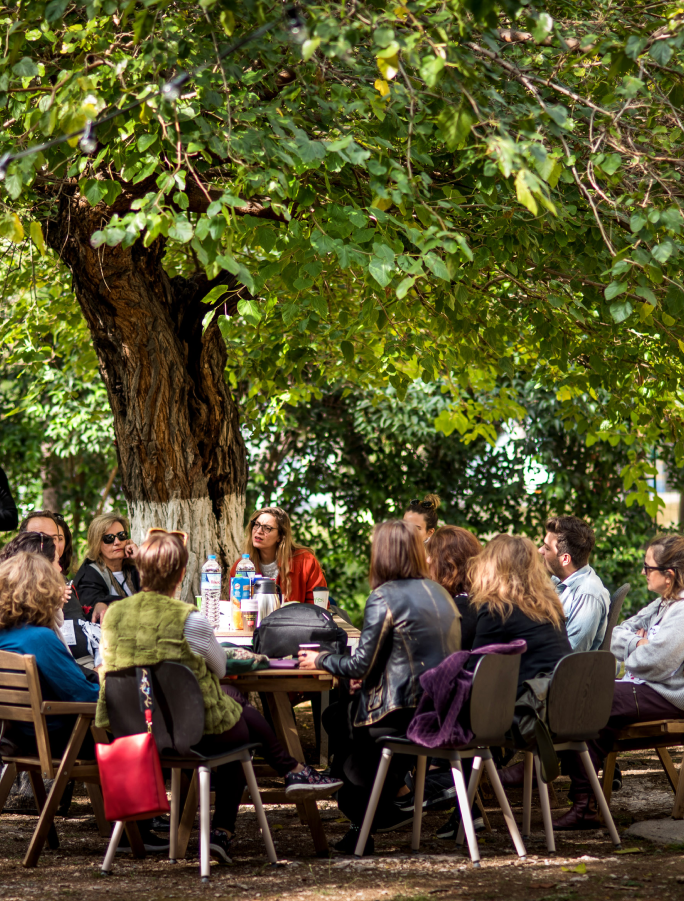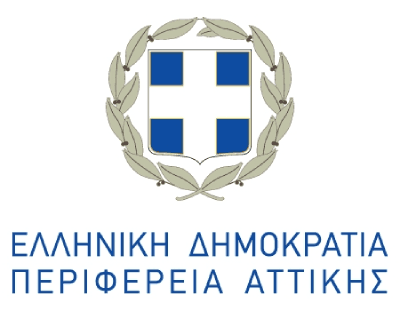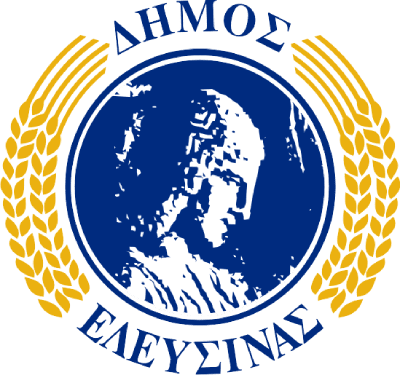Elefsina, one of the most significant religious centres of antiquity, attracts mystics, explorers, and visitors throughout the ages. The history of the city is found everywhere around us, in the scattered archaeological and historical monuments hidden in streets, alleys, courtyards, and squares.
People with an admiration for the archaeology and history of Elefsina have gathered the monuments that you didn’t know were worth discovering into a walking tour. Together, as modern explorers, we will explore the city and learn about its cultural heritage.
Co-creation team: Giovanou Eirini, Gioka Ioanna, Baibakis Ioannis, Moraitis Ioannis Eleutherios, Panailidis Panagiotis, Ragiou Chrysanthi, Roussi Eustathia, Sabanis Meletis, Tsoliakou Konstantina, Tsouris Ioannis & the sociocultural enterprise Peripatos
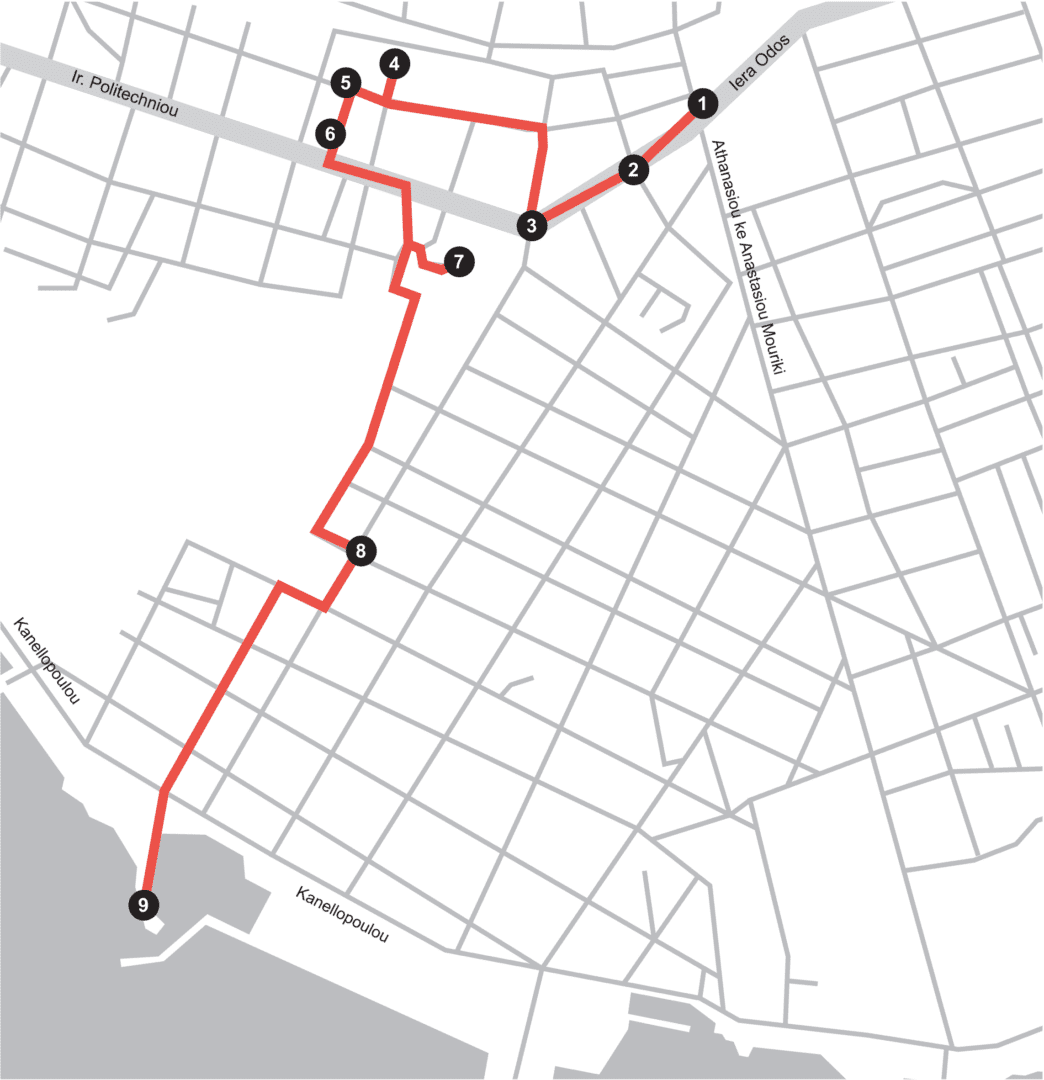
Points of Interest:
- Worker Statue
- Sacred Way
- Statue of Aeschylus
- Town Hall
- Subterranean Bath Spaces
- Ancient well
- Saint Zacharias
- Saint Georgios
- Ancient Jetty
More points of archaeological and historical interest:
The Tomb of the “Seven on Thebes”
As for me, I will go station six men, with me as the seventh, as champions to oppose the enemy in proud fashion at the seven exits in the wall, even before speedy messengers or swift-rushing reports arrive and inflame us with urgent need. [282-286]
Where shall we lay them in the earth?
Ah, where their honor is greatest.
To lie beside their father, a cause for him of sorrow.
[1003-1008]
The Seven Against Thebes,
By Aeschylus, Written 467 B.C.E
Translated by Herbert Weir Smyth
The “Western Cemetery of Elefsina” was first identified in 1938, by K. Kourouniotis and I. Traylos, but its large-scale systematic research was carried out by G. Mylonas, from the 1950s until his death in 1988.
During the excavation, a total of 417 graves were examined, from which rich conclusions were drawn about the burial customs of antiquity and a large number of grave goods were collected, a small part of which is now exhibited in the Archaeological Museum of Elefsina.
The prehistoric tombs of Elefsina, with few exceptions, were cist-shaped tombs lined with stone slabs. It is noteworthy that a cluster of prehistoric burials, found during the Late Geometric period, in the 8th century BC, was surrounded by a stone enclosure and it has not been used for burials since then -as an inhumation site- throughout historical times. The excavator, G. Mylonas, identified this enclosed cluster as the tomb of the “Seven on Thebes”; seven mythical leaders who rebelled against Thebes, and after their defeat were buried in Elefsina, as delivered by ancient written sources.
Source: The Metamorphoses of the Eleusinian Landscape, Antiquities and Modern City, Exhibition Catalogue, Cultural Centre of the Municipality of Elefsina “Leon. Kanellopoulos”, Athens 2011.
The Bridge of Eleusinian Kifissos – Roman Bridge
Approximately, one kilometre away from the Sanctuary of Demeter, the ancient Sacred Way met the riverbed of the Elefsinian Kifissos, which -as Pausanias describes- was more impetuous than the Athenian Kifissos and therefore it was necessary to bridge it. This bridge, which survives in an impressively good state of preservation, is an excellent example of ancient bridge building.
The upper part of the bridge was visible and remained above ground, as it was depicted in 19th century travellers’ engravings. However, its utterly discovery was completed in 1950, through an excavation by I. Traylos. It was found then that its total length is 50.00 m and width 5.30 m. It consists of a central section, the main bridge, 30.00 m long and two sloping approaches on either side, each 10.00 m long. The main bridge consists of four arched spans, the two end spans being narrower than the two central spans.
Due to its elaborate construction, the bridge of the Elefsinian Kifissos was originally considered to be a Hellenistic work, but after its complete discovery, it was dated to the Roman period. Specifically, the exact determination of its dating was linked to the year of the Emperor Hadrian’s initiation into the Mysteries (125 AD). A four-sided tower was built in the mediaeval period on the central part of the above-ground road to control the road of the Sacred Way.
Source: The Metamorphoses of the Eleusinian Landscape, Antiquities and Modern City, Exhibition Catalogue, Cultural Centre of the Municipality of Elefsina “Leon. Kanellopoulos”, Athens 2011.
The Roman emperor Hadrian (117-138 AD) was one of the greatest admirers of the Greek spirit. In the 2nd century AD, he showed his admiration by donating large public works to Greek cities. One of the cities favoured by the philhellene emperor was Elefsis, the city of the Great Mysteries, to which, as is well known, Hadrian had been initiated.
Written sources attribute to Hadrian the donation of the bridge of the Elefsinian Kifissos and the settlement of its riverbed, as well as the construction of the city’s aqueduct. The beginning of its construction is probably connected with the year of the emperor’s initiation into the Mysteries, 125 AD. However, given that this was a huge technical project, of several kilometres long, it can be deduced that the work required a considerable period of time.
The aqueduct carried good water quality from the springs of Parnitha mountain to the city and the sanctuary of Elefsis. In addition to meeting the needs for drinking water, the construction of the aqueduct made possible the operation of public crenellations, bathing establishments and industrial facilities, which required a large quantity of water, such as water mills.
Today, large sections are still visible along the eastern side of Demeter str. Other parts have been brought to light by a series of rescue excavations, which have made the study of the construction details possible.
Source: The Metamorphoses of the Eleusinian Landscape, Antiquities and Modern City, Exhibition Catalogue, Cultural Centre of the Municipality of Elefsina “Leon. Kanellopoulos”, Athens 2011.
